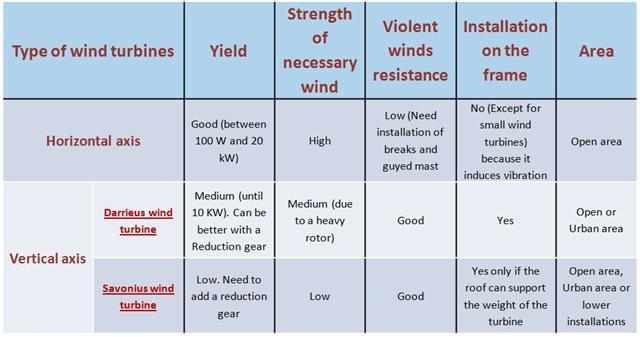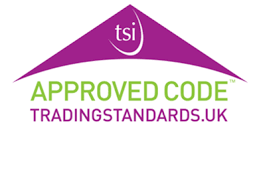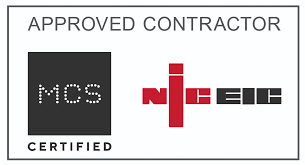St Andrews: 01334 850382
Glenrothes: 01592 654553
Email: info@rbgrant.co.uk
St Andrews: 01334 850382
Glenrothes: 01592 654553
Email: info@rbgrant.co.uk
R.B. Grant electrical contractors supply and install two types of wind turbines - horizontal axis or vertical axis. R.B. Grant are qualified MCS installers of wind turbines for domestic, commercial and industrial use. We offer a range of small wind turbines for the home or small commercial situations.
For a free quotation and design service, please contact R.B. Grant Electrical Contractors today to arrange your wind turbine installation. We provide help fRom planning to installation.
Scotland is one of the best countries in the world for wind power. That is why having a wind turbine at home or for your business is a really good opportunity for you to reduce your energy consumption, to decrease your electricity bill and help us to save our environment.
R.B. Grant Electrical Contractors supply and install Horizontal Axis Wind Turbines (HAWT).
This kind of wind turbine is the most famous and most widely used. They work on the principle of the windmill and usually they have three blades (especially for large installations) which are made stiff to prevent them from being pushed into the tower by high winds.
Horizontal axis wind turbines have the main rotor shaft and the electrical generator on the top of their tower and they must be pointed into the wind or against the wind (both are possible). They can be turned around on their axis. Some of them work with a constant speed, but with a variable-speed turbine, more energy can be collected using a solid-state power converter.
All HAWT have protective features to avoid damage when high speeds are reached. This is done by feathering the turbine blades to stop their rotation, helped by brakes.
The speed of the blades extremity can reach 200mph (320km/h). Furthermore, with their high efficiency and their low torque ripple, the HAWT are very reliable.
They are a good compromise between power, speed and price. However, there is an associated problem with turbulence for this kind of turbine, especially for small domestic installation. That is why the micro roof-mounted wind turbines with an horizontal axis cannot exceed 2kw.
Whether to boost solar and other renewable energy application in a reliable and cost effective manner, or as part of a small wind farm installation.....
whether to integrate within a water pumping system to reduce utility costs, or to provide continual and reliable power for repeater stations.....
either tied to the grid using approved inverters to reduce energy costs, or for housing, community & health centres not connected to the national grid.....
.....the e400n(b) by Kestrel is adaptable to meeting many specific electrical needs.
See Kestrel e400n(b) Brochure.
R.B. Grant Electrical Contractors supply and install Vertical Axis Wind Turbines (VAWT).
Vertical axis wind turbines have their main rotor installed vertically, which is a plus point because you don't need to change the orientation of the turbine with the direction of the wind. But with this configuration, you decrease the nominal rotation speed. With a vertical axis, the electrical generator can be installed near the ground using the rotation power of the rotor directly.
For a roof-mounted vertical axis, the wind coming onto the roof can be sent to the turbine multiplying the speed by two.
Two types of vertical axis exist:
They work on the same functioning as plane wings. Their name comes from the French inventor, Georges Darrieus. This type is efficient, but an important torque ripple is developed and cyclical stress is produced on the tower resulting in a low reliability. They need an external power source to start due to the low starting torque.
This model is constructed with two or three scoops. They are quite small and don't need a lot of space allowing installation on the frame. It can start with low wind speeds and has an important torque which change during the rotation.

For a large installation, horizontal axis wind turbines are the best solution due to their yield. But for a small installation, using a vertical axis could be beneficial for your energy consumption and your comfort, especially if you want a roof-mounted wind turbine. Indeed, with a VAWT, you won't have problems linked with vibrations and they can start with a slow windspeed.










